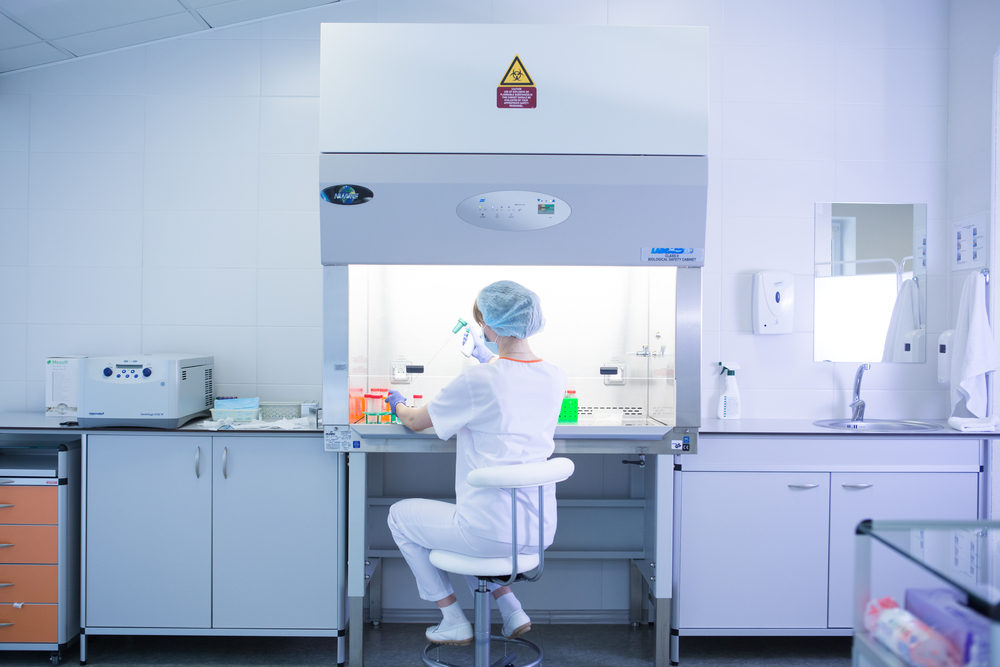Menu
There are three main classes of Biological Safety Cabinets (BSCs).

When people refer to biological safety cabinets, they normally mean a Class II BSC. Class II BSC manufacturers recommend certification at least once a year. NSF International supports a consensus standard (Standard 49) addressing Class II BSC design, construction, and performance, which requires certification at least annually. Different types of users may need to meet industry or regulatory certification requirements. The Joint Council of Accredited Hospital Organizations (JCAHO) recommends certifications at least annually for BSCs used in health care organizations. USP 797 requires Compounding Pharmacy’s BSCs to be certified semi-annually.
NSF International’s Standard 49 requires five containment tests for field certifications: downflow velocity profile test; inflow velocity test; airflow smoke patterns test; HEPA/ULPA filter leak test; site installation assessment tests; and cabinet integrity test (positive pressure plenum cabinets only). The four worker comfort and safety tests recommended by NSF International are: lighting intensity test; vibration test; noise level test; and electrical tests.
Class II BSCs are an important part of a biosafety program. With proper maintenance and service they can provide protection for many years. LTS Services, Inc. is uniquely qualified to execute a performance evaluation of your hood for certification, troubleshooting, repairs or general evaluation.
When LTS tests and certifies your contamination control equipment; such as a biosafety cabinet, you can be sure it will perform to appropriate standards or manufacturer specifications. We have been testing, certifying, and maintaining contamination control equipment since 1998.
We provide these services to a wide range of industries that use this equipment for research and production activities, including the pharmaceutical, health care, biomedical research, chemical, and biotechnology industries.
1727 S Franklin Rd
Indianapolis, IN 46239
Toll Free: 866-508-7958
Phone: 317-351-4160
info@lewistestingservices.com
© 2020 Lewis Testing Services